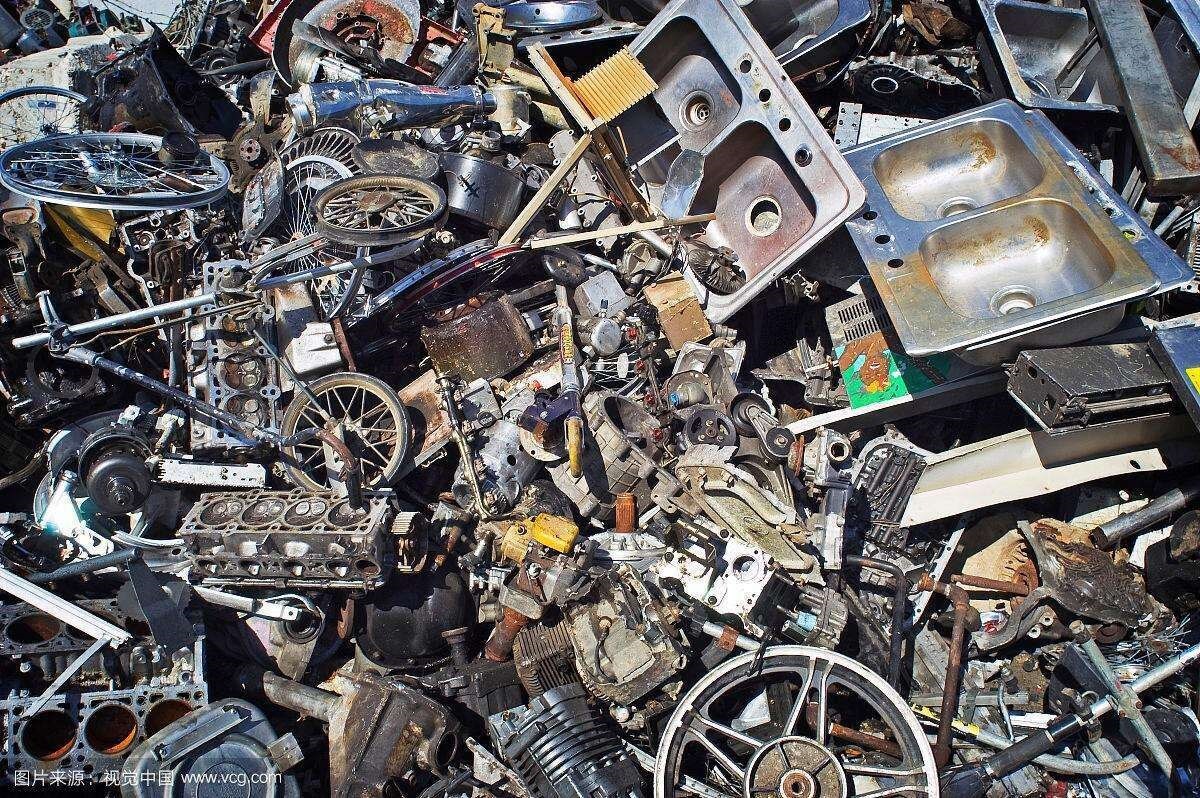

The centre of aluminium scrap prices fluctuated upward around the National Day holiday. As of October 9, the SMM A00 aluminium price closed at 20,960 per tonne, up 190 per tonne from September 25. Ahead of the holiday, enterprises in Henan, Jiangxi, Shandong, and other regions actively stockpiled, driving up prices for some varieties.

On the first trading day after the holiday, the aluminium scrap market followed the overall upward trend, supported by a sharp rise in spot primary aluminium, with mainstream varieties such as baled UBC and shredded aluminium tense scrap generally increasing by RMB 100 per tonne. Regional performance varied significantly: the Yangtze River Delta region actively followed the rise, while key secondary aluminium hubs adjusted prices more cautiously.
Divergent views emerged regarding the subsequent trend of aluminium scrap prices. Some participants in the secondary aluminium industry believe that after the National Day holiday, aluminium scrap prices will maintain a strong, fluctuating pattern, as the tight supply fundamentals are unlikely to ease in the short term, providing solid support for prices. They expect aluminium scrap prices to strengthen in October, guided by primary aluminium prices. However, other feedback suggests that while downstream demand remains stable with a positive outlook, scrap utilisation enterprises' acceptance of high-priced raw materials and their tendency to drive down prices may still limit the upside.
Based on SMM's comprehensive assessment, the overall aluminium scrap market is expected to hold up well in October, with the mainstream price range for shredded aluminium tensile scrap (including moisture) projected to hover around RMB 17,500–18,000 per tonne. Market attention should focus on the sustainability of post-holiday downstream demand and further guidance from primary aluminium price movements.
On the first trading day after the holiday, the most-traded cast aluminium alloy futures contract 2512 closed at RMB 20,615 per tonne, up RMB 405 per tonne or 2.0per cent from the pre-holiday level. In the spot market, the SMM ADC12 price rose by RMB 200 per tonne to RMB 21,100 per tonne on the day. Cost side, influenced by the strength of LME aluminium during the holiday and the tight supply of aluminium scrap, procurement costs for secondary aluminium enterprises climbed, driving collective price increases for alloy ingots.
Demand side, post-holiday market demand gradually recovered, but downstream buyers continued to digest inventories or purchase as needed, resulting in generally moderate transactions without significant volume growth. Supply side, holiday production halts at secondary aluminium enterprises were consistent with the same period last year (most did not suspend operations or only briefly halted for 1–3 days), and the current operating rate has largely returned to pre-holiday levels. Subsequent order recovery is expected to further push up operating rates, but policy uncertainties and material shortage risks may constrain production performance at some enterprises.
Inventory side, according to SMM statistics, the social inventory of secondary aluminium alloy ingots in mainstream consumption areas stood at 56,400 tonnes on October 9, an increase of 700 tonnes from the previous week before the holiday, continuing the inventory buildup trend. Overall, persistent supply-demand imbalance in raw materials, coupled with significant procurement and cost pressures on enterprises and steadily improving demand, provides upward momentum for prices; however, high and rising social inventories may impose some constraints on upside room. In the short term, ADC12 prices are expected to hold up well, with close monitoring needed on raw material availability, trends in social inventory changes, and the pace of post-holiday downstream demand recovery.
Note: This article has been issued by SMM and has been published by AL Circle with its original information without any modifications or edits to the core subject/data.
Responses








